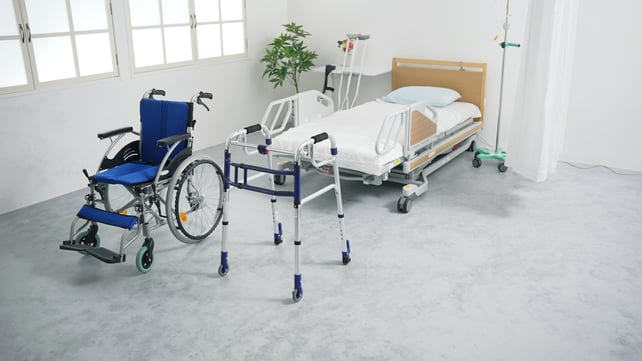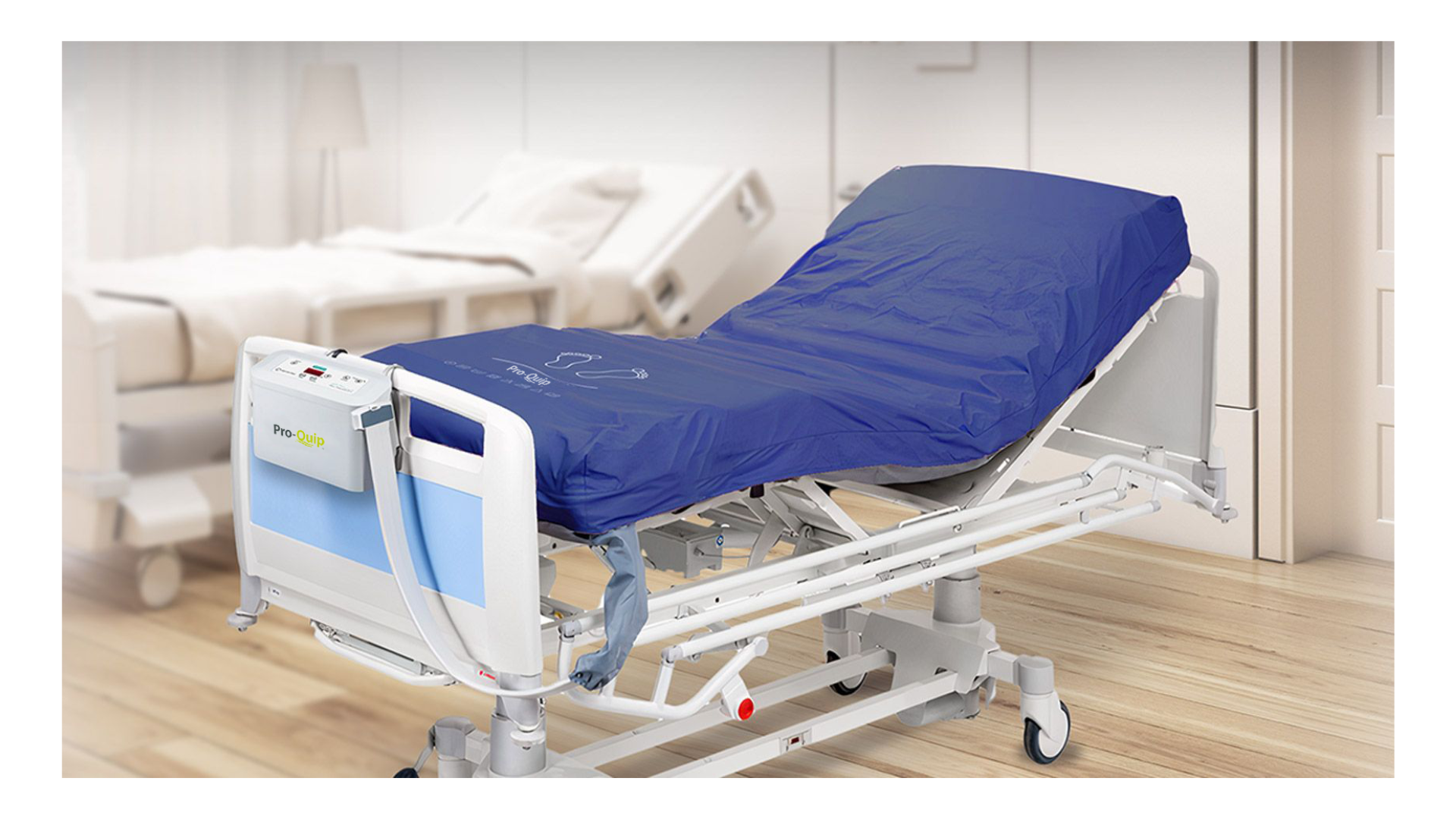Assess Residents' Needs
Understanding the specific needs of residents is paramount. Consider their mobility levels, any existing medical conditions, and individual preferences. This assessment will guide your choices, ensuring you invest in equipment that caters to the unique requirements of each resident.
Safety and Accessibility
Quality and Durability
Investing in high-quality, durable equipment is a long-term strategy that saves both time and resources. Look for reputable brands and materials known for their longevity. Regular maintenance schedules should also be established to prolong the lifespan of the equipment.
Ease of Use
User-friendly equipment is essential for both residents and staff. Consider features like intuitive controls, adjustable settings, and clear instructions. Training staff on the proper use and maintenance of equipment is equally crucial.
Comfort and Support

Versatility and Adaptability
Choose equipment that can adapt to changing needs. This is especially important in a dynamic environment like a nursing home where residents' conditions may evolve over time. Adjustable beds, versatile seating options, and adaptable bathroom aids are key examples.
Infection Control
Maintaining a hygienic environment is fundamental in a nursing home. Select equipment that is easy to clean and disinfect. Materials and surfaces should be resistant to pathogens, and design should minimize areas where dirt and bacteria can accumulate.
Budget Considerations
While quality is paramount, it's essential to work within budget constraints. Prioritize essential equipment and explore financing options or partnerships with trusted suppliers to ensure you acquire the necessary items without compromising quality.
Regulatory Compliance
Ensure that all equipment meets the necessary regulatory standards and certifications. This not only guarantees the safety and well-being of residents but also ensures compliance with legal requirements.
Supplier Reputation and Support
Choose a reputable supplier who specializes in nursing home equipment. They should offer excellent customer support, including maintenance, repairs, and training. A reliable supplier is a valuable partner in providing top-notch care.
At Fairfield Care, we understand the importance of selecting the right equipment for your nursing home. With a range of high-quality products and expert advice, we're dedicated to helping you provide the best possible care for your residents. Contact us today to explore our comprehensive selection of nursing home equipment or click here to view our Pro-Quip catalogue.
Choosing the best nursing home equipment is a decision that reverberates through the daily lives of residents and staff. By considering their needs, prioritising safety and comfort, and adhering to quality standards, you can create an environment that promotes well-being and dignity.


